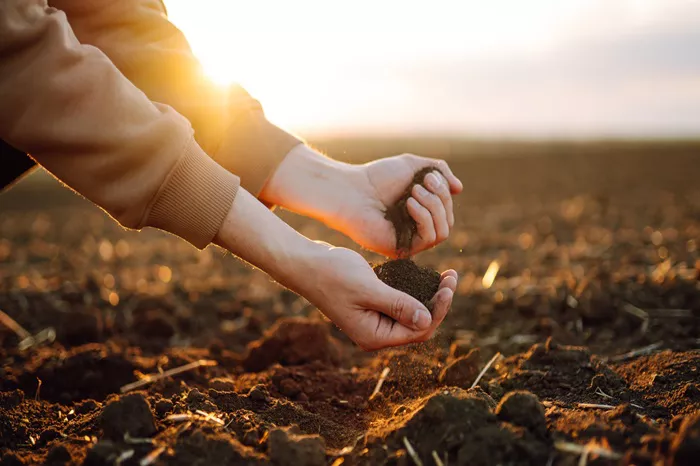The beauty and wellness industry is no stranger to unusual trends, but a new phenomenon sweeping across the United States is perhaps the most bizarre yet: the consumption of dirt. This peculiar trend has gained traction on social media, with advocates claiming that eating dirt can enhance gut health, improve skin appearance, and even reduce wrinkles.
Self-proclaimed “dirt lovers,” also known as “crunchers,” argue that soil is rich in beneficial minerals. Fertility and hormone coach Stephanie Adler has sparked heated discussions on TikTok by suggesting that dirt could be a boon for health. In a provocative post, she asked her followers, “Want to improve your child’s (and your own) gut health?” and offered a straightforward solution: “Eat dirt!” Adler further claimed that “one teaspoon of organic biodynamic soil has more microorganisms than there are humans on Earth,” adding a layer of allure to this unconventional practice.
What was once considered a niche interest has now entered mainstream consciousness. Edible clay and soil products are available on major online platforms like Amazon and Etsy, with offerings ranging from powders to clay chunks, priced between $9 and $22, depending on quality and packaging. Companies are making bold health claims to market these products. For example, a seller on Amazon promotes their edible red clay, priced at $11.99, as a means to “fight aging,” asserting that it can “clear blocked pores, make skin firmer, and help you look younger.” Customer reviews indicate that many enjoy the taste and find that these products help curb cravings.
While the idea of eating dirt may not appeal to everyone, recent studies suggest potential health benefits. A 2019 study highlighted by the New York Post found that soil contributes positively to gut bacteria health, providing essential microorganisms that support digestive wellness. Historically, many cultures have practiced “geophagy,” intentionally consuming soil to improve dietary deficiencies. Certain types of soil have even been utilized to detoxify food, enhancing safety and treating ailments.
Moreover, researchers from the University of Helsinki propose that direct contact with natural elements like soil and plant material may positively influence skin microbes. Their findings suggest that exposure to these materials could increase microbial diversity, potentially aiding in the prevention and treatment of immune system disorders.
As this unconventional trend continues to gain momentum, it is clear that eating dirt is generating significant buzz within the beauty and wellness community. Whether viewed with intrigue or skepticism, it’s a phenomenon worth watching.
Related topic:
How do I increase collagen in my face?
What is better for wrinkles retinol or collagen?

